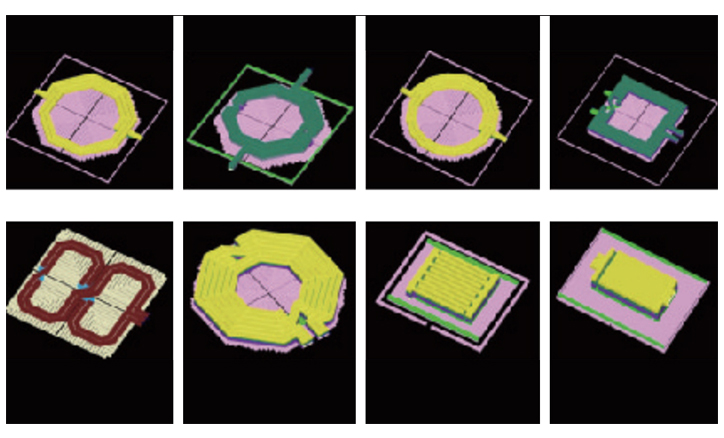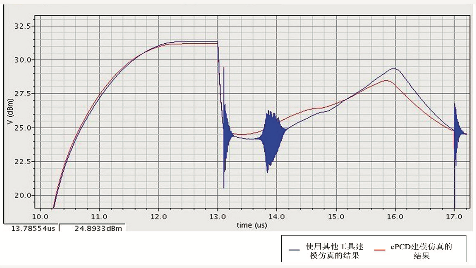
ePCD is a design and modeling platform for the new generation of RFIC passive devices, very suitable for designing and simulating RFIC passive devices.

ePCD provides a simple and easy-to-use passive device design interface, to help users optimize the design of on-chip spiral inductors, transformers, differential inductors, MIM capacitors, and MOM capacitors.

ePCD’s unique technologies for quasi-static simulation and solution via full-wave simulation of electromagnetic field provide unprecedented simulation precision and speed for RFIC inductors, significantly shortening the product design cycle and time to market.

ePCD can be seamlessly integrated into major IC design tools, enabling customers to complete the comprehensive optimization of RFIC passive device designs without leaving their most familiar design environment.



ePCD’s quasi-static simulation engine and 3D full-wave simulation engine provide customers with outstanding comprehensive accuracy. The on-chip inductor modeling of ePCD has been recognized by foundries. According to the measured results of the tape-out in foundries, the on-chip inductor simulation results of ePCD had an error of less than 5% (L) or 10% (O) compared with the measured results.

ePCD uses a variety of optimization methods including global and local search algorithms in the synthesis process. Through the optimization of algorithms, ePCD can provide users with the best possible synthesis results. In addition, the parallel search algorithm of ePCD makes its synthesis efficiency proportional to the number of CPUs available, greatly accelerating the optimization design process of passive devices.
In the process of designing a RF circuit, a customer encountered the situation that the simulation results of circuit could not converge and oscillate in the operating frequency band. However, after ePCD was used for modeling and simulation, thanks to the excellent modeling capability of ePCD and its positive definite detection function for the results, the user quickly obtained stable simulation results and successfully completed tape-out.
